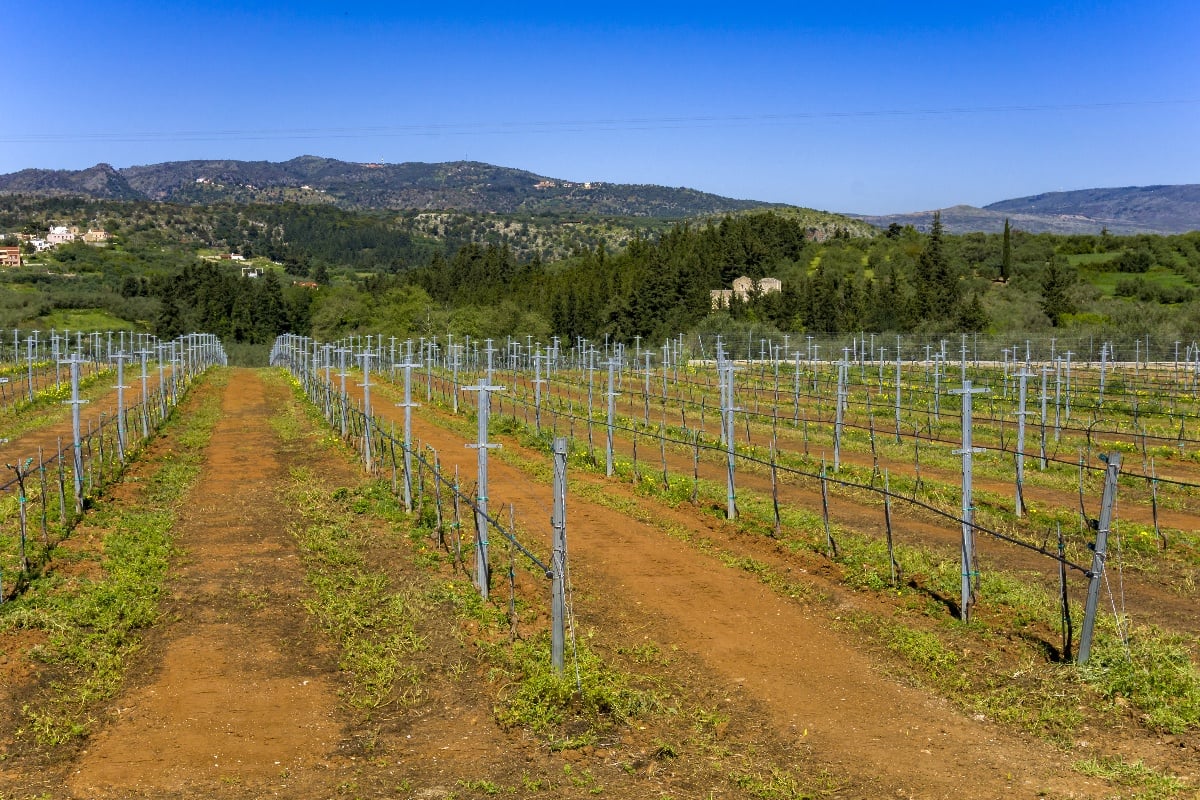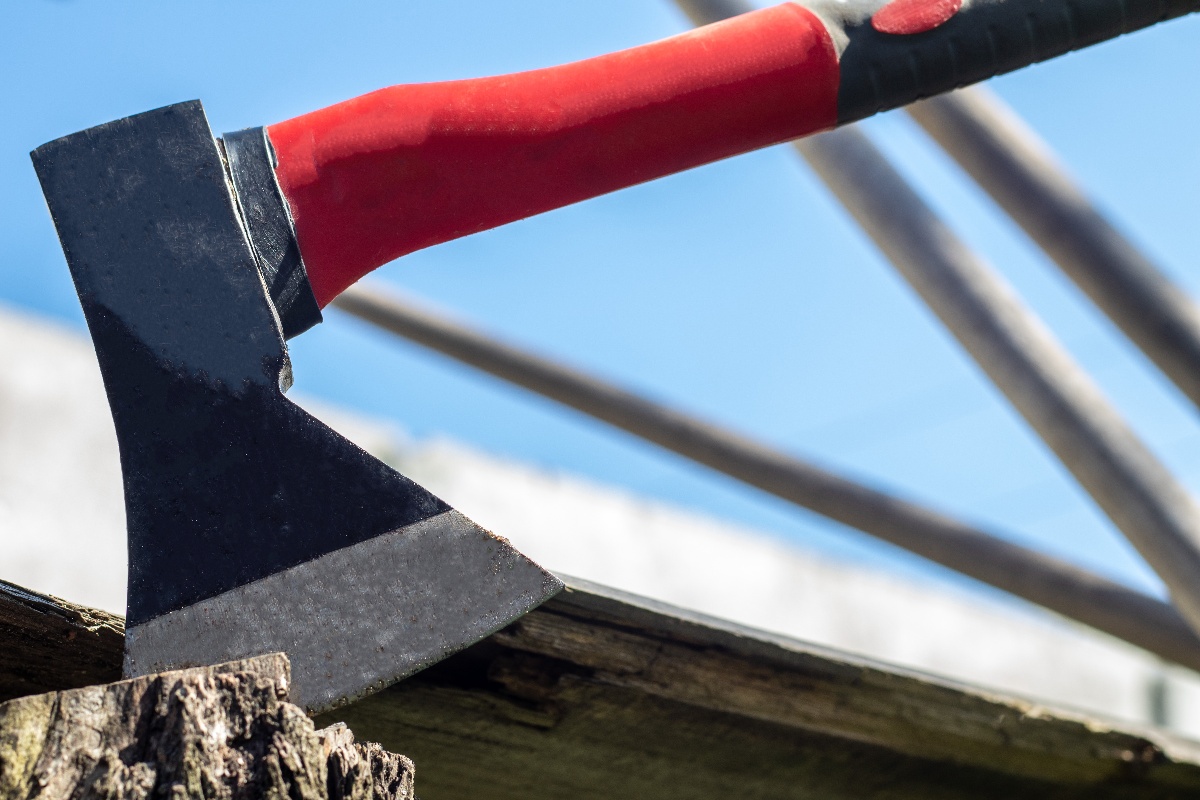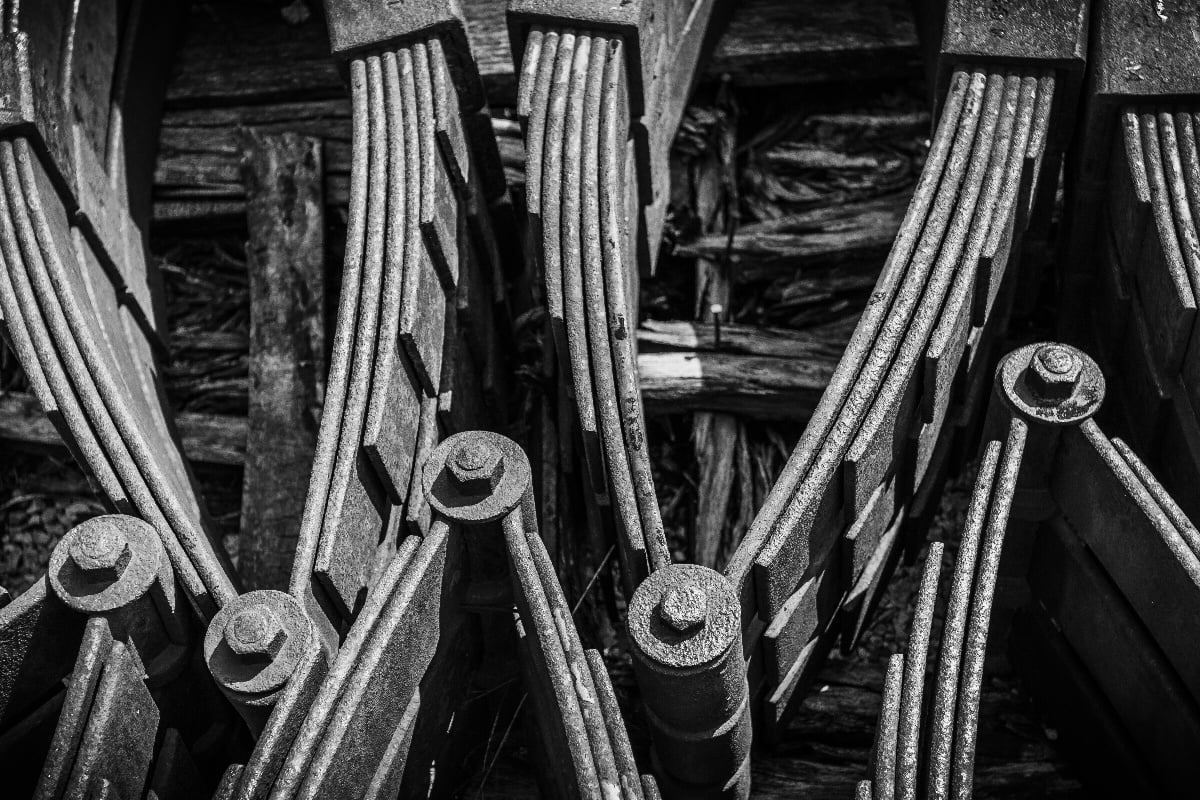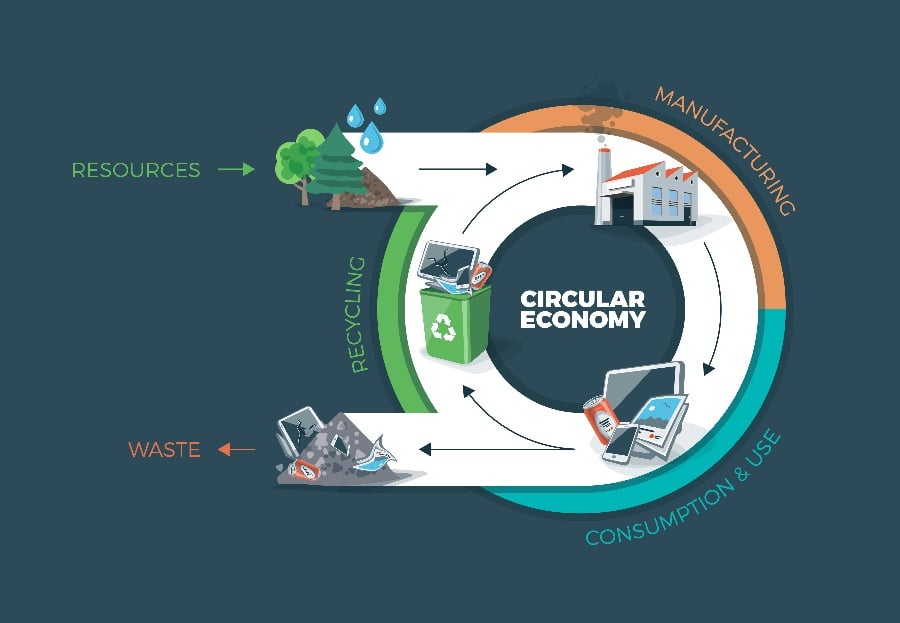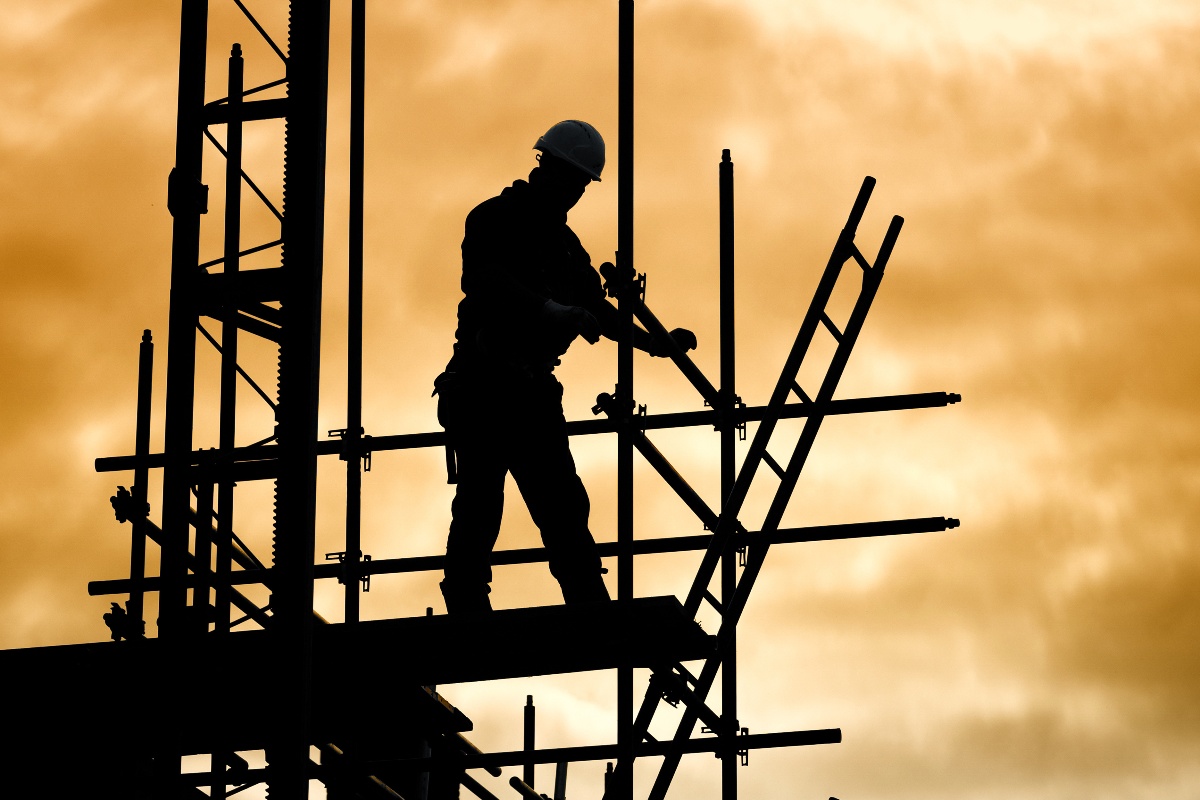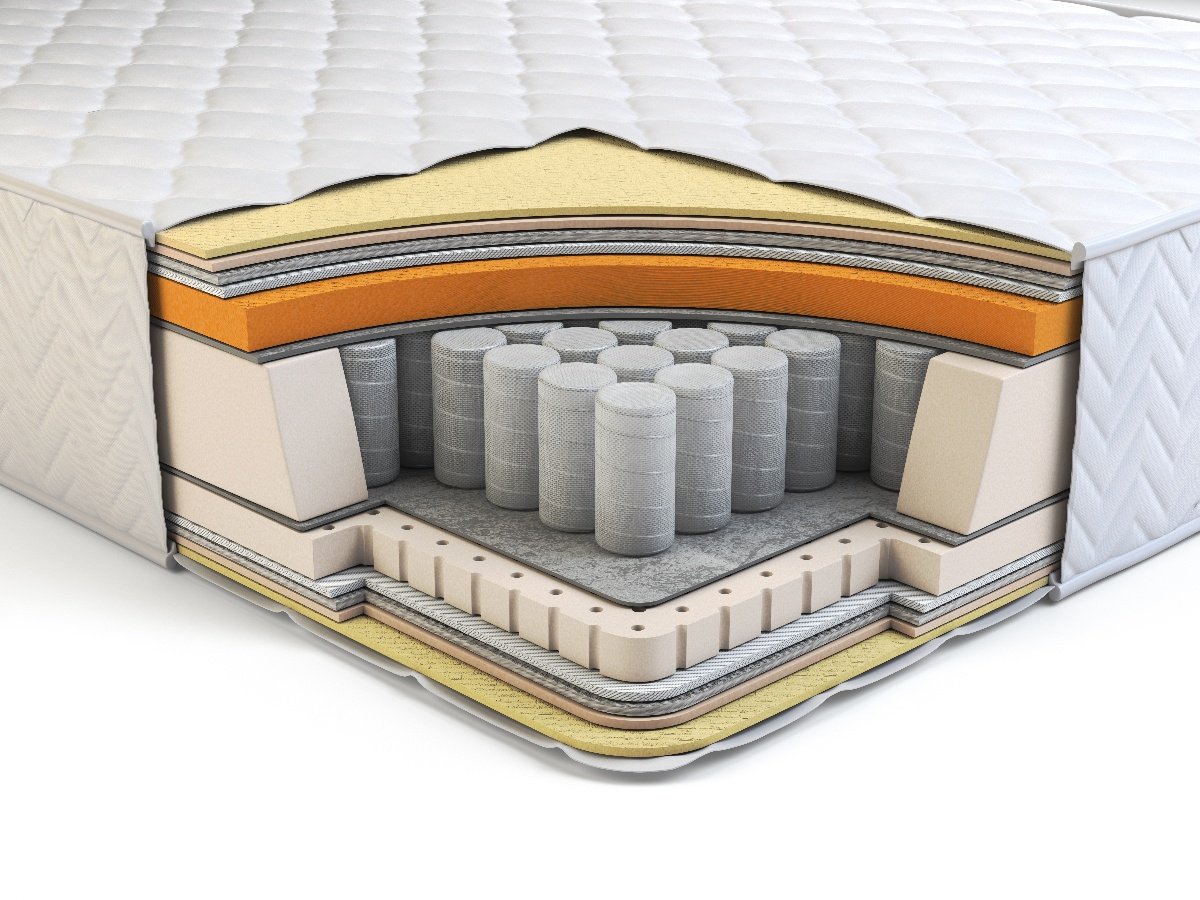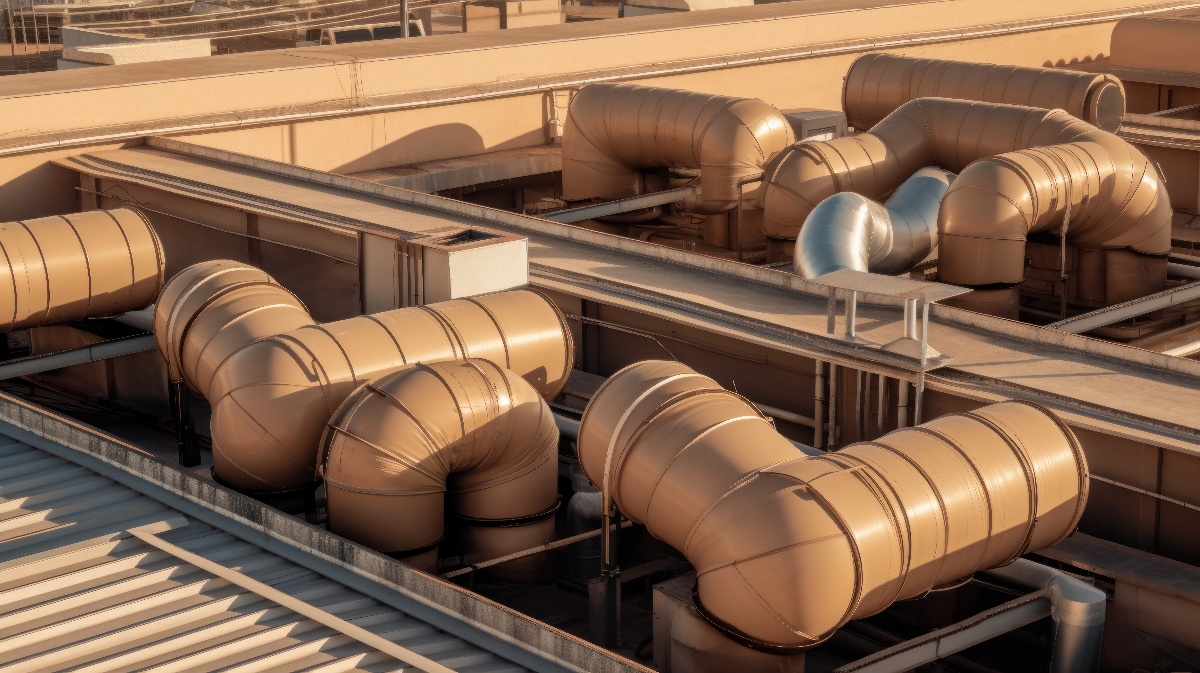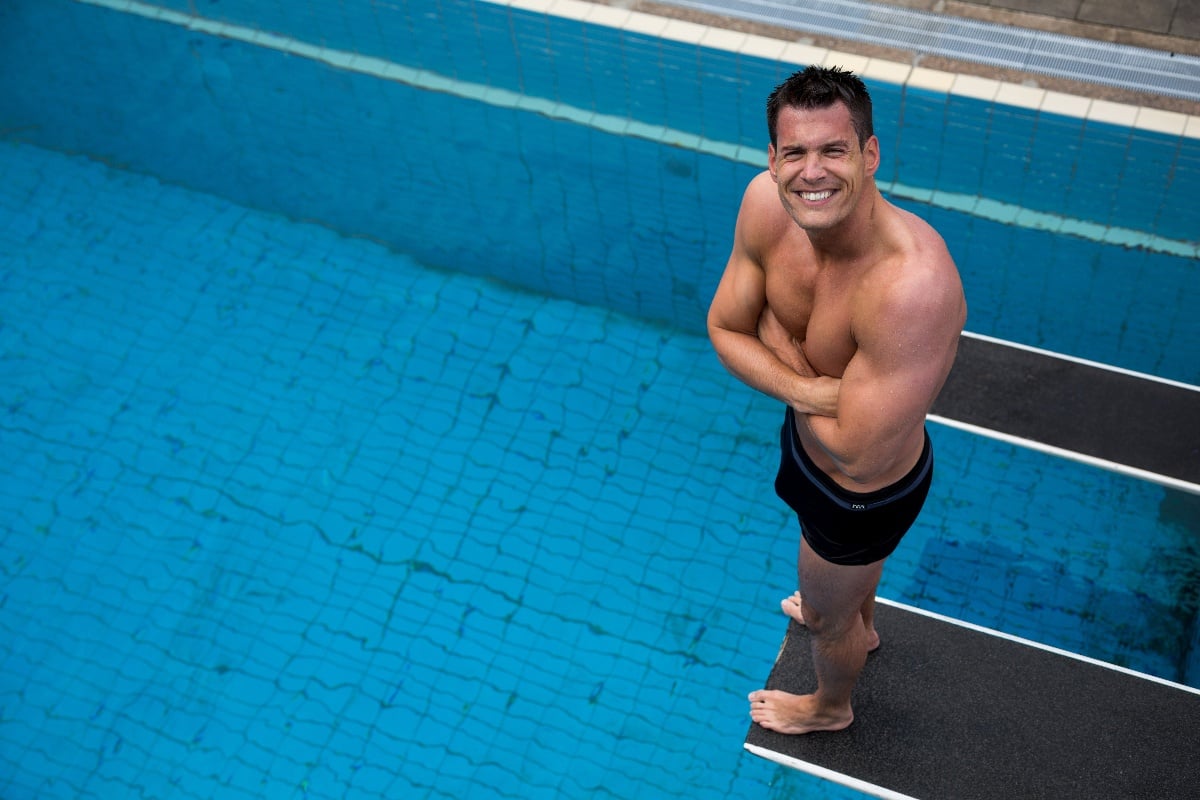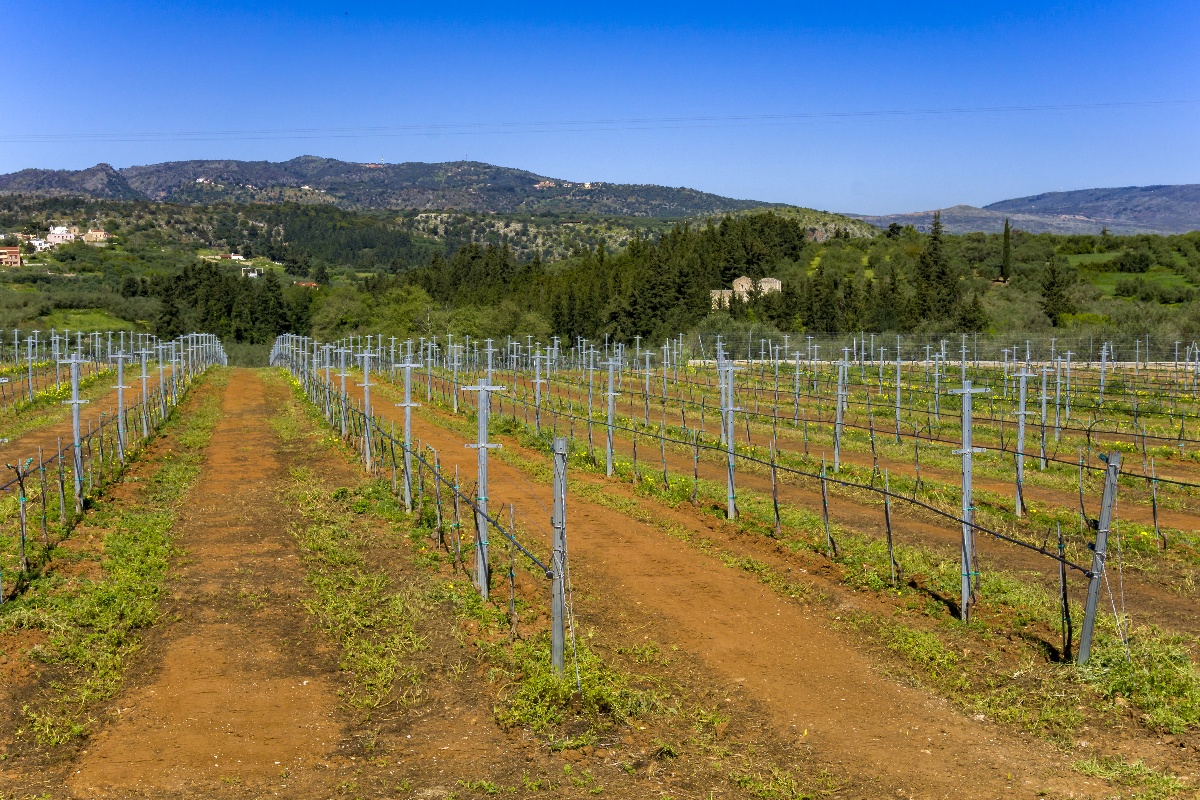
Proper structural support systems are vital in orchard and vineyard settings in order to promote healthy growth, prevent damage, and allow for an ideal growing environment. Tree and vine crops often require artificial supporting structures given their growth habits and the load bearing of fruit. These support systems aim to achieve key goals–adequately anchoring plants, enabling optimal access to sunlight, facilitating pest prevention and routine care, permitting air circulation, and allowing for adjustable training patterns.
The foundational support structure established in orchards and vineyards must withstand years of plant development as well as environmental factors. Using appropriate materials and configurations from the start is crucial. As we dive further into this article, we will explore how modern engineering principles, innovative materials, and design are coming together to revolutionize the world of tree and vine supports.
Tree Support Design Considerations
Properly designing and scaling tree support systems requires matching the structure capacity and configuration to tree age and size. Younger fruit trees typically utilize single wooden or metal stake supports to securely anchor the grafted trunk above the rootstock through the first two to four years of development. These single stakes are placed to avoid root damage and employ flexible ties to allow some trunk movement while preventing excessive rubbing that causes bark wounds.
Growing Plant Structures
As trees grow in height and crown radius, more robust trellising configurations provide for continued support and shaping appropriate for the species and orchard system. Options include V-trellises using two angled support posts tied with a cross-arm, and T-trellises using a vertical post with a horizontal support arm.
The height, wood post diameter, metal pipe gauges employed, and spacing between posts must scale to handle increasing tree size and fruit loads. However, over-building support structures too early strains smaller trunks. Correctly specifying components also reduces long-term material costs at orchard scale.
For deciduous fruit and nut trees, the potential for damage to trunks and branches from wind and weight loads is elevated after leaf drop in autumn and winter. Tree wraps, waterproof tape, or paints are often applied to protect the bark. Supplemental ties or supportive slings made from wood, metal wire, or high-strength fabrics can temporarily stabilize limbs with immature wood that is susceptible to breakage.
While orchards require uniform rows and spacing, allowing for adjustable supports provides flexibility. For example, portable T-post anchors secured by tension bands enable modification for precise spacings or clearing equipment access lanes. Slotted support cross arms also permit repositioning ties and wires to change angles or branch positioning as trees grow. Designing anchorage points and modular components that enable adjustability extends the longevity of support systems.
One key component of the design of these systems is the material.
Exploring the Potential of Fiberglass Reinforced Plastic (FRP) in Tree and Vine Support Systems
A potential material gaining interest for permanent tree and vine support structures is fiberglass reinforced plastic (FRP). The high durability, strength, and corrosion resistance of composites made from glass fiber embedded in polymer resins makes structural profiles created from FRP an appealing option.
Benefits of FRP for Tree and Vine Supports
FRP components commonly take the form of hollow square tubing, channels, or angles that can serve as direct replacements for wood posts, steel pipe, and lattice sections used in trellises. The hollow cross-sections provide similar stiffness to traditional materials but are much lighter in weight. FRP parts avoid issues like rotting, splintering, cracking, and rusting that necessitate continual replacement of wood and steel parts installed in contact with soil and subject to weathering.
FRP owes its structural performance to incredibly strong glass filaments bonded in a chosen polymer base, often epoxy or polyester resins chosen for UV resistance. This creates a durable composite laminate impervious to moisture that cannot corrode. No protective paint or surface treatments are needed, eliminating ongoing maintenance requirements. The smooth, glossy surface deters build-up of sap, mildew, and growth that requires cleaning treatment of traditional materials.
High tensile and compression values for FRP, combined with flexure and shear strengths exceeding those of aluminum and many steels, create robust trellis and support members. These can be custom fabricated by profiles suited to particular orchard or vineyard sites. The low thermal conductivity also reduces issues with condensation compared to metal options. Light transmittance is higher as well for vines relying on optimal sunlight exposure for fruit productivity.
While still at a higher initial cost level, durable FRP tree and vine supports promise life-cycle cost savings from their reliable, long-term structural performance and zero maintenance qualities.
By taking a strategic approach that applies fundamental engineering and materials science disciplines to the real-world contexts for orchards and vineyards, support systems can strike the right balance. Choosing configurable and durable designs allows evolving trees and vines of different ages and species to thrive safely while delivering optimal yields over their entire working lifespans. Prioritizing designs suited for local conditions makes adoption and long-term viability more straightforward. With sound support infrastructure as a cornerstone, orchards and vineyards can successfully meet modern demands and continue maturing as productive multi-generational assets.

